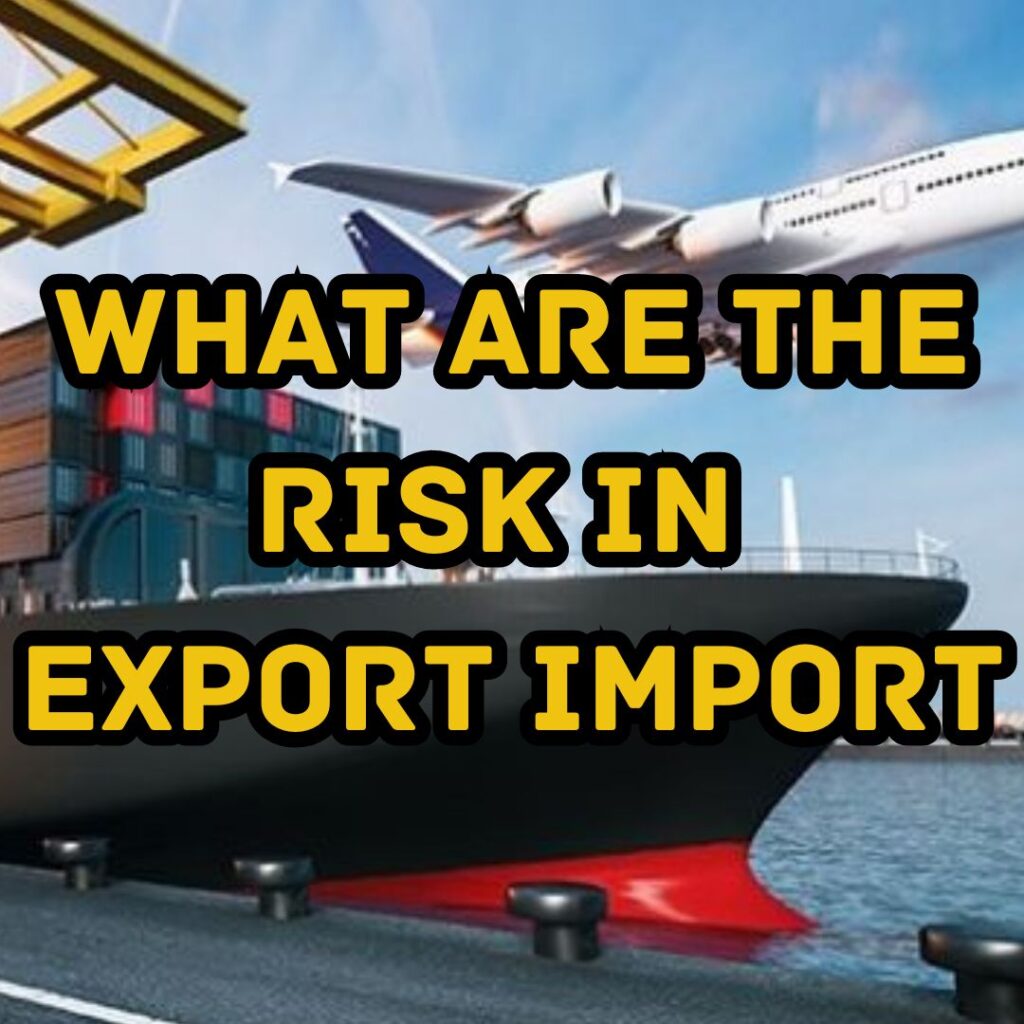Currency Risk: Fluctuations in exchange rates can affect the cost and profitability of international transactions. Changes in currency values can lead to unexpected gains or losses.
Political and Regulatory Risk: Changes in government policies, regulations, or trade agreements can disrupt international trade. Political instability in the importing or exporting country can also pose a risk.
Economic Risk: Economic conditions, such as inflation, recession, or changes in consumer demand, can impact the demand for products and the ability of buyers to make payments.
Payment Risk: Non-payment or delayed payment by the buyer can be a significant risk. To mitigate this, businesses often use payment instruments like letters of credit or trade credit insurance.
Credit Risk: Exporters may extend credit terms to buyers, which can lead to the risk of non-payment or delayed payment. Conducting credit assessments and due diligence on buyers is essential.
Documentation and Compliance Risk: Incorrect or incomplete export-import documentation, including invoices, certificates of origin, and customs forms, can lead to delays, fines, or even seizure of goods.
Transport and Logistics Risk: Risks associated with the transportation of goods, such as damage, theft, or delays, can impact the timely delivery of products and overall supply chain efficiency.
Quality and Product Risk: Differences in product quality, standards, or specifications between the exporting and importing countries can lead to disputes, returns, or rejections.
Market Risk: The demand for products in the target market may change, affecting the sales and profitability of the export-import operation.
Cultural and Communication Risk: Differences in language, business practices, and cultural norms can lead to misunderstandings and miscommunications, potentially impacting the success of the transaction.
Legal and Contractual Risk: Failure to properly draft and execute contracts can result in disputes over terms and conditions, potentially leading to legal actions.
Supply Chain Risk: Disruptions in the supply chain, such as shortages of raw materials or transportation bottlenecks, can impact the ability to fulfill orders and meet delivery deadlines.
Intellectual Property (IP) Risk: Protecting intellectual property rights, including patents, trademarks, and copyrights, is essential to prevent unauthorized use or counterfeiting of products.
Market Entry Risk: Deciding whether to enter a new market and choosing the right entry strategy involves risks, as market conditions and competition can vary significantly.
Environmental and Ethical Risk: Compliance with environmental regulations and ethical business practices is increasingly important and can impact a company’s reputation and market access.
To manage these risks effectively, businesses engaged in export-import activities often use risk mitigation strategies, such as insurance, risk assessment, diversification of markets, and legal support. Additionally, staying informed about global economic and political developments is crucial for making informed decisions in the international trade arena.



